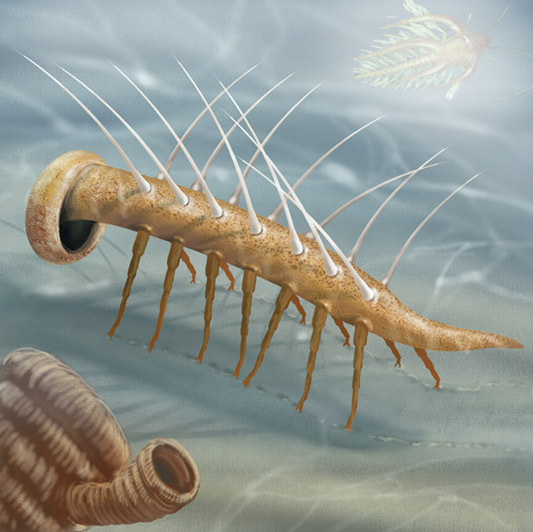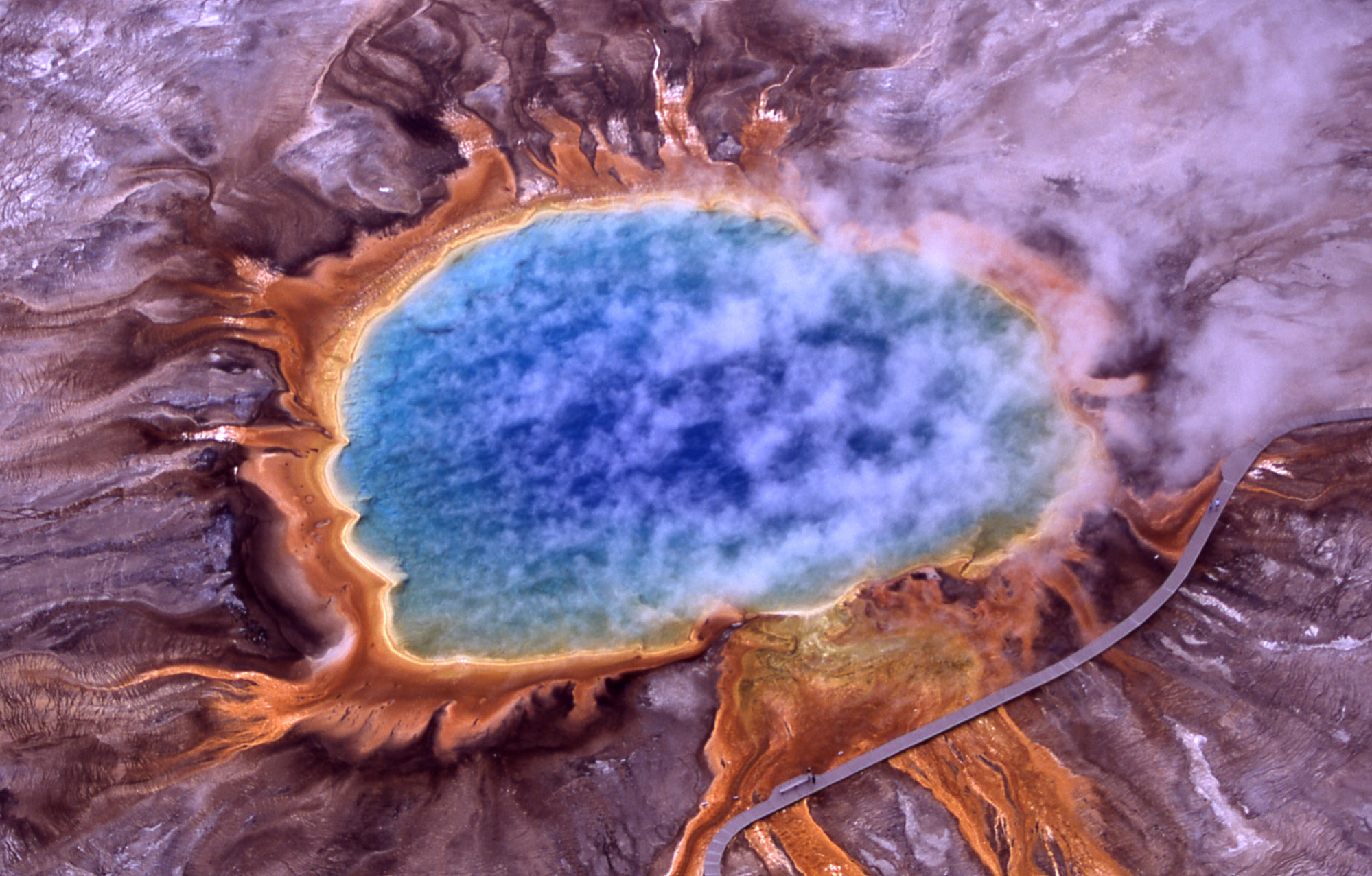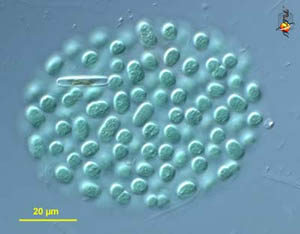Riverside Cemetary blog
Riverside Cemetery was established in 1887 as a private cemetery located above the Ocmulgee River and has operated as a not-for-profit entity since the 1940’s. The cemetery is listed on the National Register of Historic Places and is the final resting place for more than 17,000 people representing many ages, faiths, races, and national creeds. Many Civil War veterans from both sides are interred here on the more than 125 acres of beautifully landscaped property. Historically significant and beautifully maintained in all seasons, the cemetery continues to add new sections, making it a perfect choice as a final resting place for Macon families and others.

















































